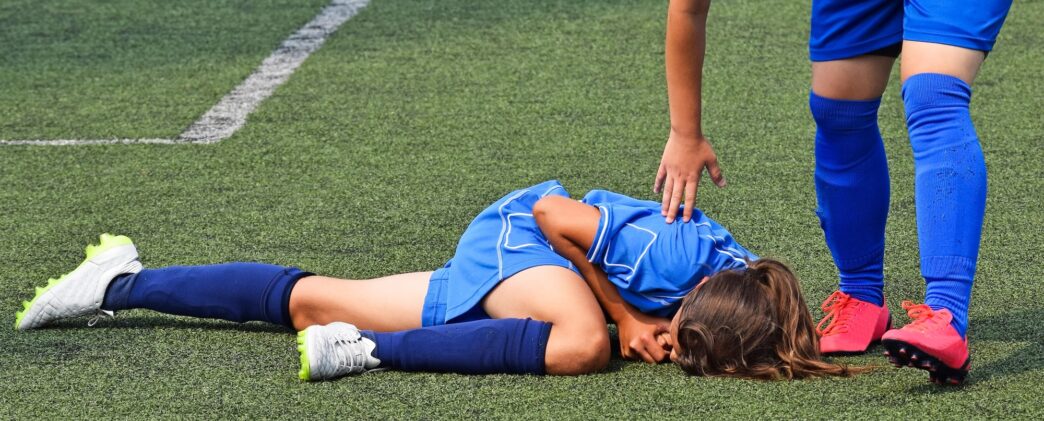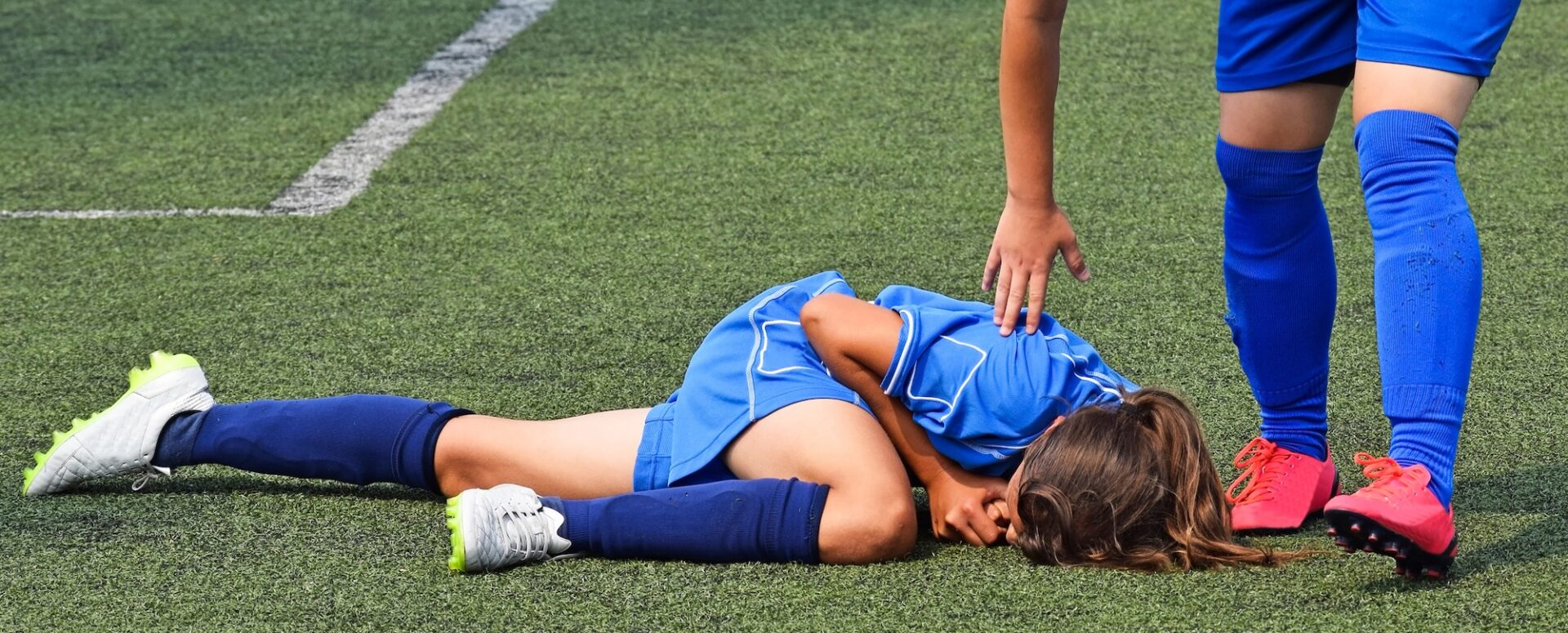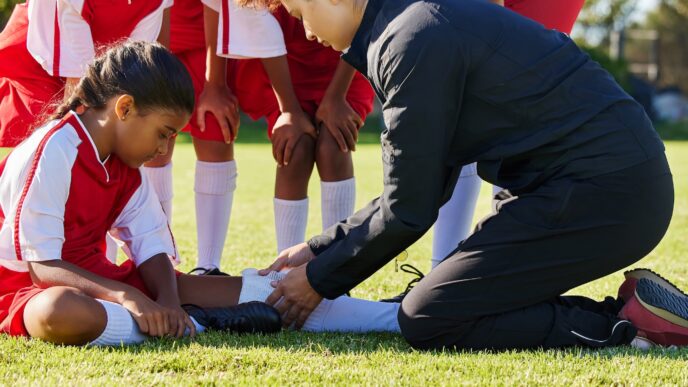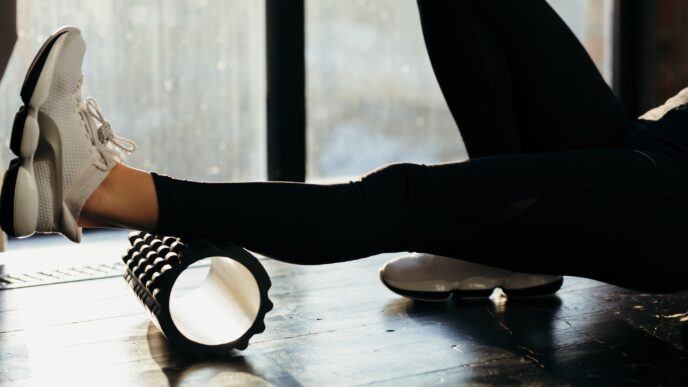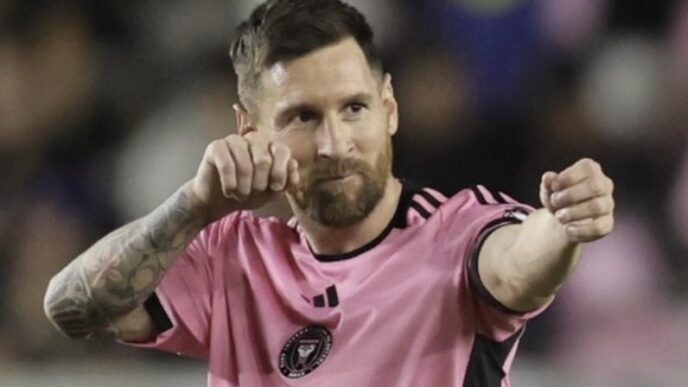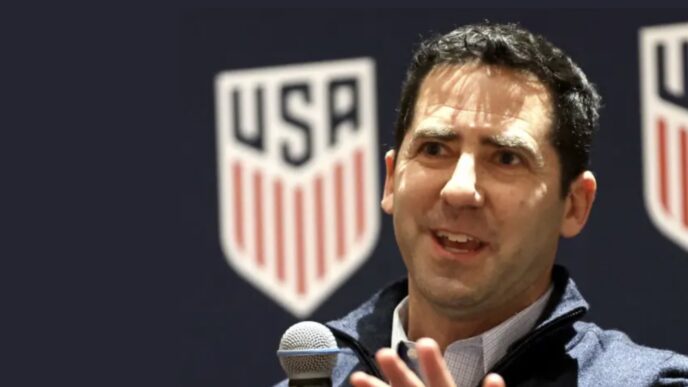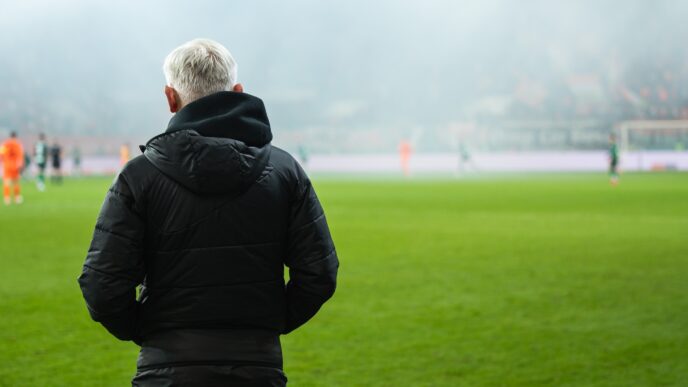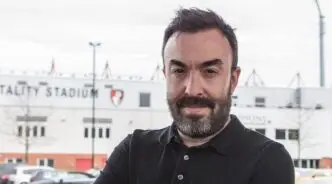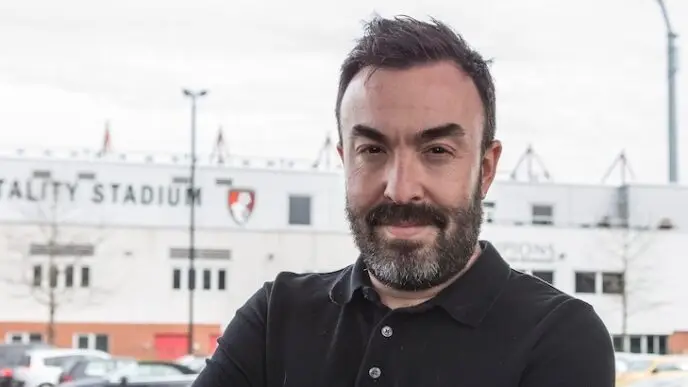When Youth Soccer Players Complain, Listen to the Pain: How to Tell When It’s More Than Just Soreness
JAG Physical Therapy and New Jersey Youth Soccer are proud to bring you this new series focused on youth soccer injury prevention.
Every soccer parent wants to see their young player thrive on the soccer field—but knowing when to step in can be the key to long-term fun and success. While a certain level of discomfort is normal after a tough game or long practice, ignoring pain could lead to serious injuries that sideline young athletes for weeks—and even months.
In youth soccer, where players often push hard to compete and impress, it is not uncommon for athletes to hide pain to stay in the game.
Parents are the first line of defense in protecting kids from overuse, sprains, and preventable long term injuries.
Pain vs. Injury: Tips On How to Spot the Difference
Muscle soreness and sports related injuries can feel similar but they are not the same. Here are some tips to tell them apart:
Normal muscle soreness:
- Affects both sides of the body (e.g., both legs after a match)
- Improves with movement and active recovery
- Disappears within 72–96 hours
Signs of a potential injury in a youth soccer player:
- Sharp, stabbing, or burning pain
- Pain that worsens with movement or doesn’t improve with rest
- Limping or favoring one side of the body
- Sudden disinterest in playing or inability to finish practice
- Pinpoint tenderness or swelling in a specific area
If your child is limping, modifying their movements, or avoiding certain drills or chores, don’t assume its just soreness. It could be a red flag for something more serious.
James Galanis, NJYS Technical Director, on the Importance of Warm-Up
“As an athlete, you must set the standard: never play while nursing injuries that haven’t fully healed. If you’re not pain-free, you’re not ready.” — James Galanis
Galanis has developed many talented soccer players including two-time Olympic gold medalist, two-time FIFA Women’s World Cup champion, two-time FIFA Player of the Year, and a four-time Olympian Carli Lloyd. Galanis has also been the Medical Coordinator for the MLS.
“Pain is your body’s way of saying something is wrong. Ignoring it or trying to push through the pain will only turn a small issue into a long-term problem.
James Galanis
Soccer Parent Safety Tip: Communication Is Key to Prevention
Many youth athletes, especially those who are competitive, stay silent when something doesn’t feel right.
Talented or beginning youth soccer players may be afraid of missing playing time, feel pressure not to let the team down or assume the pain will go away on its own and don’t want to make a fuss. Youth soccer players may even fear the coach being mad or losing their starting position on their competitive or travel team. Or they can be concerned about missing an important soccer club tryout or playing in a youth soccer tournament.
READ: How to Prevent Injuries This Spring Soccer Season: Warm-Up and Recovery Tips
These are just a few of the reasons why open communication and education is so essential. Encourage your youth soccer player to speak up by asking simple supportive questions after games or team practices.
Try asking:
- “How are you feeling after today’s practice?”
- “Is anything hurting that didn’t hurt before?”
- “Are you having pain that goes away when you rest, or does it stick around?”
- Does ice help?
These regular check-ins can reveal issues early and help prevent long-term injury.
Don’t Wait—Get It Checked
If your young soccer player is complainjng of pain that lasts more than a day, especially after a fall or collision, take it seriously. Early evaluation by a medial professional can make all the difference in recovery time, and overall health.

Prompt attention to potential injury can:
- Prevent minor injuries from becoming major or chronic issues
- Provide peace of mind
- Help your child return to training and games faster—and safer
Help Your Child Stay Confident and Injury-Free
Injuries are part of the game and early action, honest conversations and proper care can help minimize their impact. By staying alert to warrning signs, talking openly with your youth soccer player and seeing medical advice when needed, soccer parents do more than minimize the risks of injury … they protect passion for the game and their player’s long term fun on the field.
Editorial Note:
- Important note: It is always best to seek medical attention.
- Youth soccer injury prevention is key to a long, happy soccer season. Soccer moms and soccer dads may find it hard to see the signs of injury in young athletes. When should kids stop playing through pain? Pain is the body’s way of communicating! We hope this information can assist you when trying to tell soreness from injury in soccer.

This is part of a new series of injury prevention tips powered by JAG Physical Therapyand New Jersey Youth Soccer.
“It’s easy to be an advocate for JAG Physical Therapy,” says Evan Dabby, CEO of New Jersey Youth Soccer. “I first met John Gallucci nearly 25 years ago when we worked together at Major League Soccer—he was an athletic trainer for the New York Red Bulls, and I was handling operations. When I was put in charge of sports medicine at MLS, John was my first call to become the League’s Medical Coordinator. His expertise in both sports medicine and business has been clear from the start.”
“When I began my role at NJ Youth Soccer, one of my first calls was to JAG Physical Therapy. Since then, JAG athletic trainers have been a consistent presence at our State Cups and ODP events, prioritizing athlete safety. They’ve also been instrumental in helping us educate our soccer community on injury prevention and wellness and we are thrilled to partner with them on this new series with SoccerToday.”
